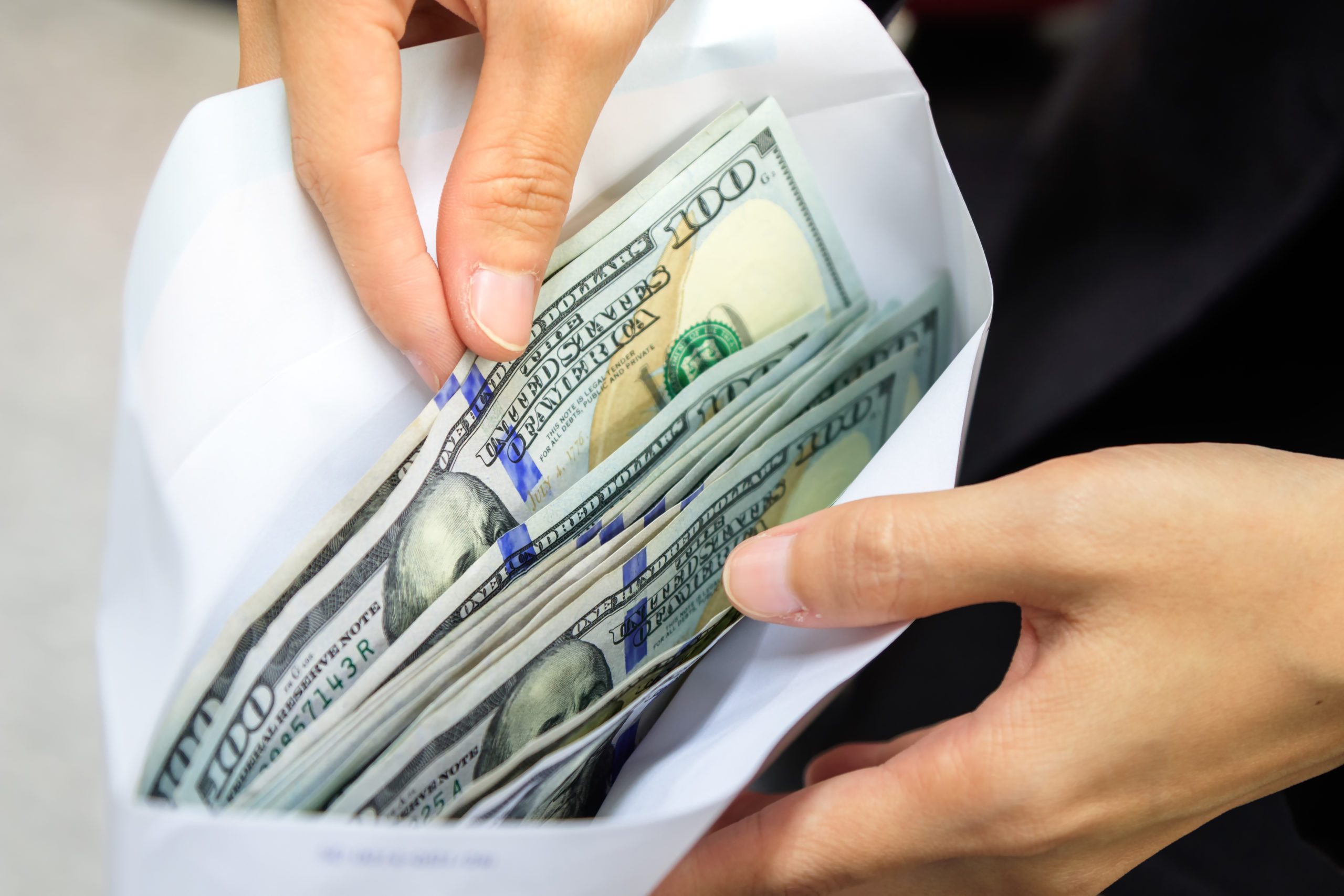Most of the people might have wondered how each of the M’s in the M&M logo is printed so perfectly. M&M candy is the best-produced candy that melts in the mouth but not in your hand. Several steps are included in the production of these candies, along with the stamping of the logo.
Steps included in the production of the candy:
- A chocolate concoction is made and poured into small round molds to form the core of the M&M.
- The chocolatey centers are then tumbled to create a smooth circular surface, which is then covered with a coating of colorful liquid.
- After the formation of the hard outer shell, each of the candy pieces is sent on the conveyor belt for the formation of the impression.
- Conveyor belt separates these pieces to get it stamped with the signature “M”. However, the real process for the application of each “M” is quite similar to that of offset printing.
What is offset printing?
It is a printing process that is mostly used to produce a very high-quality image on a variety of materials, including paper, candy, or canvas. In offset printing, the image is directly transferred on the surface rather than getting it stamped on a piece of material first.
Process of printing
Step 1: Inking of the image onto a metal plate.
Step 2: Then, the image from the plate is transferred to a rubber cylinder (blanket).
Step 3: Offsetting the image from the blanket to the candy.
NOTE: The rubber blanket is only used in the case of the M&M candies as they are round and are quite fragile. The blanket only presses against the candy just as much as it is required to transfer ‘M’ onto it. It is done in a way that it does not damage the M&M’s outer shell.
Benefits of using offset printing
The offset printing method is quite significant as it reduces the depreciation on the metal plates so that they last for a longer time. It is good because M&M produces an average number of 2.5 million candies with an “M” on each piece.
Why few M&M candies lack an M on them?
- With a huge production each hour, it gets impossible to ensure that each candy is of perfect shape.
- Mostly the peanut candies are produced in a non-uniform manner.
- Even after having highly technological machinery, some differently shaped candies make it through the production process towards the offset printing
- These candies are not considered as rejected ones.
- The printing machine is designed in a way that it avoids printing of an M on the differently shaped candy.
What M&M mean?
Have you wondered that what the M’s on candies of M&M stand for? It stands for “Mars & Murrie” – the co-creators of the candy brand M&M.





